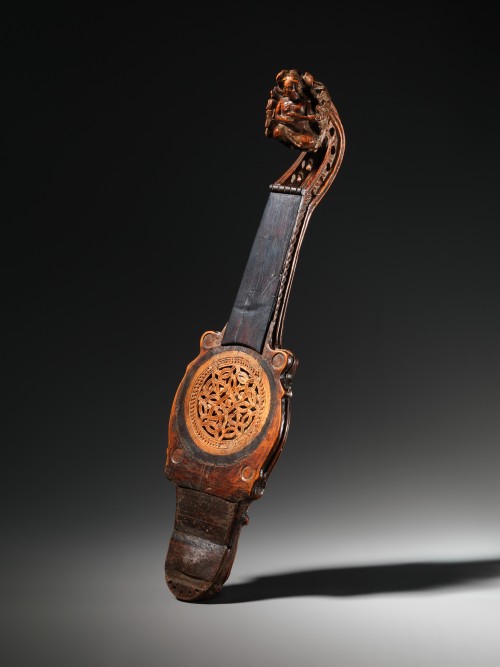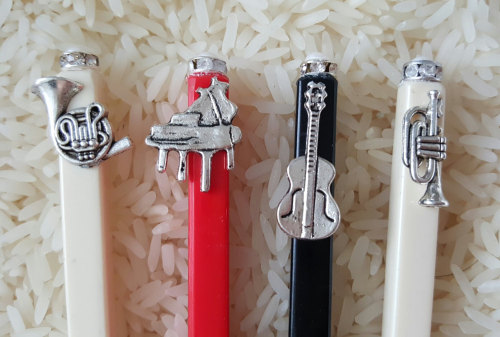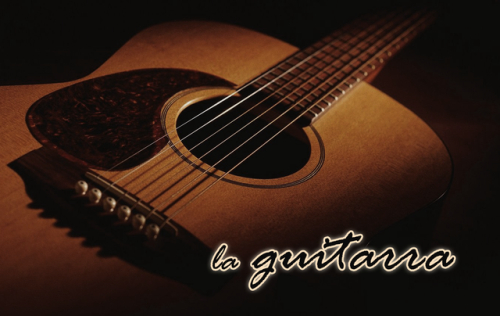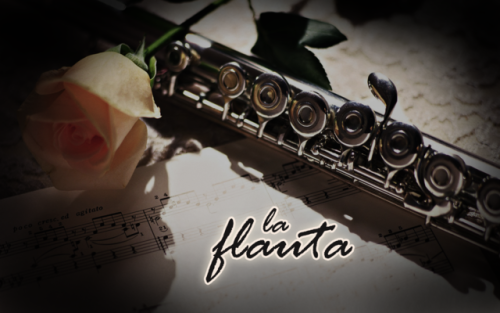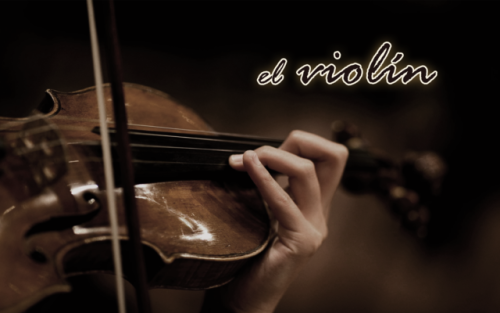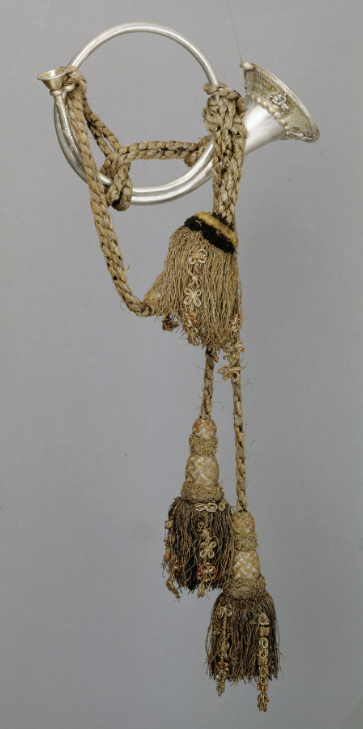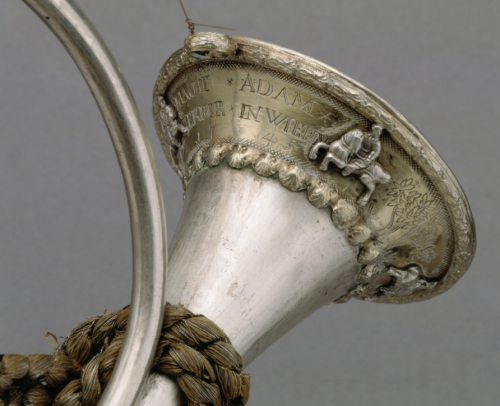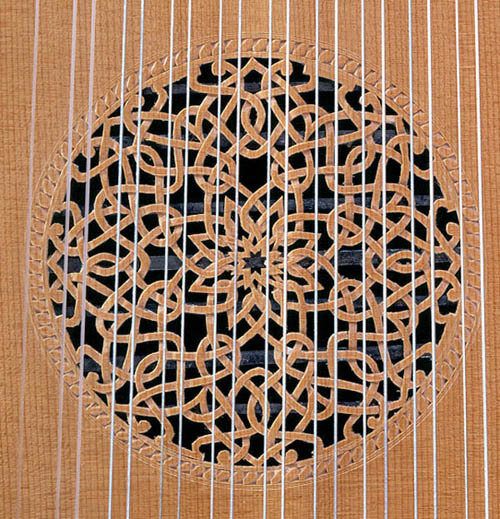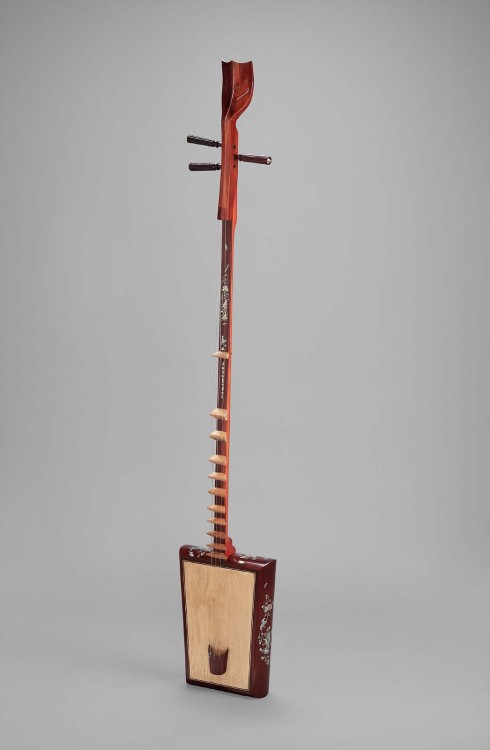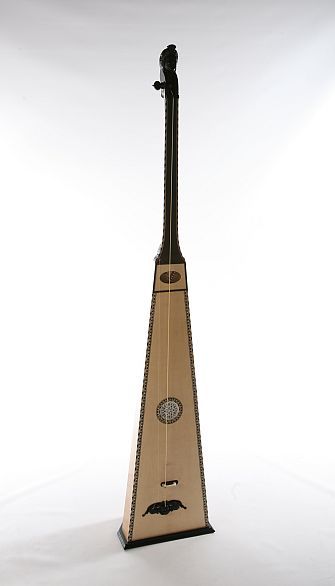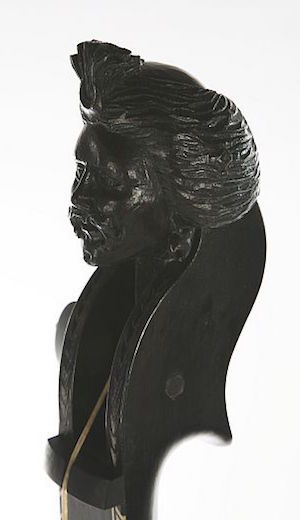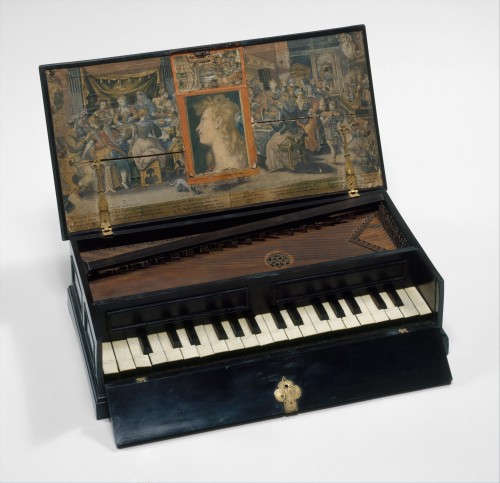#musical instruments
A Camel and it’s Rider Playing Kettledrums
Mazar Ali Khan
Delhi, India, Mughal, c. 1840
Gouache
© Victoria & Albert Museum, London
One of six figures, this painting likely depicts the Mughal Emperor’s ceremonial procession on the occasion of Eid.
Post link
Portrait of Michel Richard de Lalande in an Architectural Frame with Musical Instruments
Simon Thomassin (French; 1654–1733) after the painting by Jean-Baptiste Santerre (French; 1651–1717)
1726
Engraving
Rijksmuseum, Amsterdam
Frontispiece to: Œuvres de Monsieur de Lalande
Inscribed in the cartouche:
Mortels, C’est de ce beau Délire
Que sontnez parmy vous ces accords si touchants,
Á deux Divinitez Lalande doit ses Chants.
Appollon le forma, C’est Louis que l’inspire.
Post link


Finishing build of Weston PRO2021

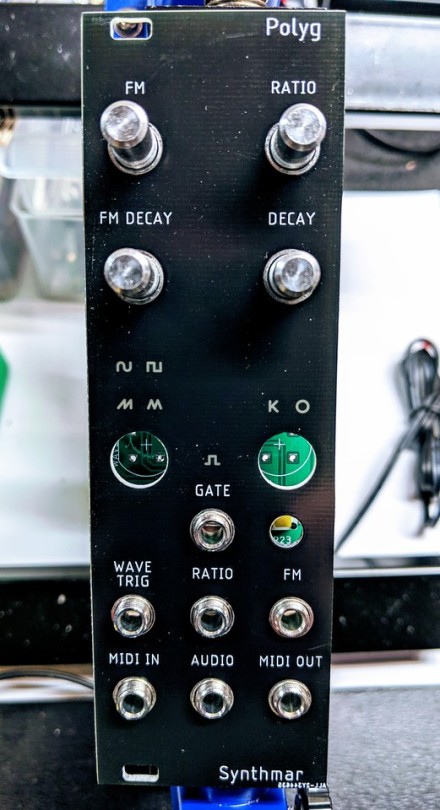
8 voice polyphonic FM synth in eurorack. Waiting on two pushbuttons to test…
Item: official Yahoo guitar; may be used by Bards to cast any Divination spell, but with a 50% chance that it leaks your name, location, and history to demonic hackers
You would think that playing the triangle is easy
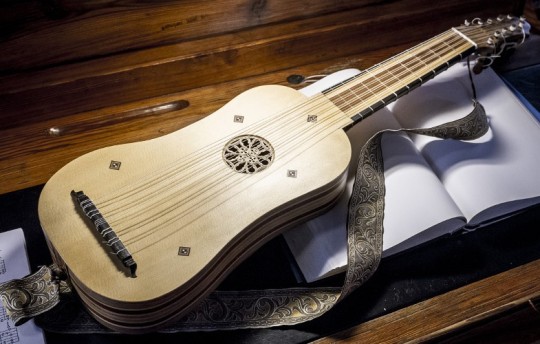
La Vihuela
In the picture above you can see a so called Vihuela, an old string instrument from Spain. It was especially popular in the 16th century not only in Spain, but also in Portugal and parts of Italy.
If you first thought the thing in the picture was a weird looking guitar, you are not completely wrong: The Vihuela actually is one of the predecessors of the modern guitar we know and love today.
When the Moors came to Spain around 711 AD they already brought a fully functional instrument with them, an arabic lute called Oud. From this instrument the Spaniards eventually developed the Vihuela.
Vihuelas could differ in size and also in the number of strings (which were made out of gut), but six strings were the most common version.
There are a few different variants of the instrument:
- Vihuela de mano: this variant is played with the fingers
- Vihuela de péñola: this one is played with a plectrum
- Vihuela de arco: last but not least this one is played with a bow

Here we can see a vihuela de arco on the left side and a vihuela de péñola on the right side.
Unfortunately, the vihuela lost its popularity in the late 16th century and faded away slowly. There are only few original instruments from that time preserved today.
Here you can listen to a song played on the vihuela. The writer of this song is Luis de Milán, a Spanish Renaissance composer who lived in the 16th century. He was the first to publish music for the vihuela de mano.
Instrumentos-instruments
el instrumento-the instrument
el piano - piano
- el piano de cola- grand piano
la guitarra - guitar
- la guitarra acústica - acoustic guitar
- la guitarra eléctrica - electric guitar
la batería - drums
el saxofón - saxophone
la flauta - flute
- la flauta dulce - recorder
- la flauta travesera - western concert flute
- la flauta de pan - pan flute
el violín - violin
Post link

Contre-bass Player (Le joueur de contre-basse), Alphonse Legros (French, 1837-1911)

Native American artisans have long utilized gourds to make many items, including utensils, serving bowls and rattles. The gourd rattle represents the three kingdoms in Native American culture, with the animal kingdom represented by feathers, the mineral kingdom represented by rocks inside the rattle, and the plant kingdom represented by the gourd itself. Music, many Native people believe, is a vessel used to transform ourselves into spiritual beings capable of healing ourselves and others through the transfer of energy, and these rattles are commonly used during ceremonies of song and dance. The following are some examples of gourd rattles crafted by Native Americans:
The Kachina Rattle
The gourd rattle used by the Hopi Katsinam (spirit messengers) is highly symbolic. Often only painted light blue with little decoration, this special instrument is used in Kachina dance and ceremony, and also as a gift given to children during their initiation ceremonies into the Kachina Society. The rattle is constructed of a flattened gourd, which represents the earth, and the handle represents the axis of the Hero Twins, iconic figures of ancient Hopi lore who help keep the earth spinning.
The Peyote Rattle
The Peyote rattle (pictured above) was frequently used during Native American church ceremonies, and was an important element of the Half Moon ceremony. A community elder is in charge of leading this ceremony, which involves the ingestion of dried peyote, a hallucinogenic cactus that was believed to induce visions. This rattle was also constructed from a spherical gourd shape and filled with nut or seed.
The Iroquois Rattle
According to the Iroquois or “people of the longhouse,” the gourd rattle is the sound of Creation. The Iroquoian creation stories tell of the first sound, a shimmering sound, which went out in all directions; this was the sound of “the Creator’s thoughts.” The seeds of the gourd rattle embody the voice of the Creator, since they are the source of newly created life. The seeds within the rattle scatter the illusions of the conscious mind, planting seeds of pure and clear mind.
The Shaman’s Rattle
The shaman’s rattle is used to invoke the assistance of power animals and helping spirits. It is also possible to direct energy with rattles, much like a magician with a magic wand. Healing energy can be mentally transmitted through the rattle and out into the environment or into a patient’s body. Prayer and intention can be broadcast to the spirit world. Moreover, you can create sacred space by describing a circle with the rattle while shaking it.

A Sonata of Beethoven (1901) by Alfred Edward Emslie (English, 1848-1918). Guildhall Art Gallery.
“Viola d’Amore”, ca. early 1700s
Unknown (Southern Germany)
-Materials: Unlisted
-Length: 78.5 cm
-Strings: 12 - 6 playing [gut], 6 sympathetic [metal]
-Other Notes: It might be more accurate to call this a treble viola da gamba with d’Amore string setup, as the body shape and tail piece indicate. Terminology aside, there is little information given about this particular instrument.
Source: Kunsthistorisches Museum Wien
Post link
Oboe, ca. early 1700s
Hendrik Richter (Amsterdam, Netherlands)
-Materials: Body: Unlisted wood • Keys/Ornamentation: Silver
-Other Notes: Instead of ivory rings, like most early oboes, Richter used perforated silver for this instrument. The chain is also a bit of an uncommon feature.
Post link
Piano Organ, ca. 1785
Franz Xaver Christophs (Vienna, Austria)
-Dimensions: Width: 164 cm x Height: 92 cm
-Range: 5 octaves
-Other Notes: This is a combination instrument; A stop is used to switch between piano and organ. Other stops include a damper and register switch for the piano, and 4 registers for the organ. The last photo is taken from above - the keyboard lifts to expose the mechanisms for the organ.
Post link
Post Horn, ca. 1745
Adam Ferber (Vienna, Austria)
-Materials: Silver
-Other Notes: The engraving reads “Macht Adam Ferber In Wienn”.
Post link
Lute, ca. 1996
Richard Berg (Ottawa, Canada)
-Materials: Body: Rosewood, Spruce • Neck: Ebonized Plywood • Pegbox Design/Other Parts: Recycled Ivory, Plastic
-Length: 50 cm
-Strings: 24 [gut] - 11 double courses, 2 single courses
-Other Notes: Created in the style of a 1596 lute by Hans Burkholzer, later modified by Thomas Edlinger in 1706. The original ivory instrument is in Vienna’s Kunsthistorisches Museum.
Source:Canadian-MoH
Post link
Đàn đáy, ca. 2004
Ta Quang Dong; Tran Quang Hien (Hanoi, Vietnam)
-Materials: Body: wutongandsindora glabra woods • Inlays: Mother-of-Pearl • Other: Bamboo
-Length: 153 cm
-Strings: 3 [nylon?]
-Other Notes: In the late 1900s, a modernized version of đànđáy was created for use in composing at Hanoi Conservatory. Visually similar, but closer to an electric bass with a closed body, metal strings, and no raised frets.
Source:Boston-MFA
Post link
Basset Horn, ca. 1820
Grenser & Wiesner (Dresden, Germany)
-Materials: Body: Boxwood • Parts: Ivory, brass
-Length: ~118.5 cm
-Other Notes: In E-Flat. The basset horn is part of the clarinet family and closest in range to the alto clarinet. It’s not related to any brass families despite the given name.
Source:Boston-MFA
Post link
Tromba Marina
Owen Morse-Brown (England)
-Materials: Body/Top: Cherry/Spruce • Bands: Ebony, holly • Soundhole: Parchment
-Length: Unlisted [possibly around 2 meters]
-Strings: 23 - 1 playing [gut], 22 sympathetic [metal]
-Other Notes: The Tromba Marina is meant to be played entirely with harmonics along the single gut string on the outside, usually with a number of resonating metal strings within the body. The instrument pictured has 22, tuned to the same note as the external string. The bridge has two feet, but one is left to vibrate freely against the spruce top. The amount of vibration can be adjusted minutely using the secondary, smaller string. The result is a very brassy sound, hence being named ‘Trumpet Marine’. Here is a picture of the maker in playing position:

Further reading for the Tromba Marina
Further reading, regarding Vivaldi’s violono in tromba marina
Source:Owen Morse-Brown
Post link
Bass flute in C, ca. 1811-1816
Wigley & McGregor (London, England)
-Materials: Body: Boxwood • Parts: Ivory, brass
-Length: 87.2 cm
Source:Boston-MFA
Post link
Rectangular Octave Virginal, ca. 1600
Augsberg?, Germany
-Materials: Body: Beechwood • Parts: Ebony, ivory, parchment, leather, paper, brass
-Width: 44.1 cm
-Range: 35 keys
-Other Notes: Though the original maker is not listed, the engravings are credited to Hans Sebald Beham and the elder Crispijn van de Passe. The sound hole has a parchment rosette, and there are two additional drawers in the lid. The octaves are quite high in pitch, suggesting it was more for amusement than serious performance.
Source:NY-MetMA
Post link



